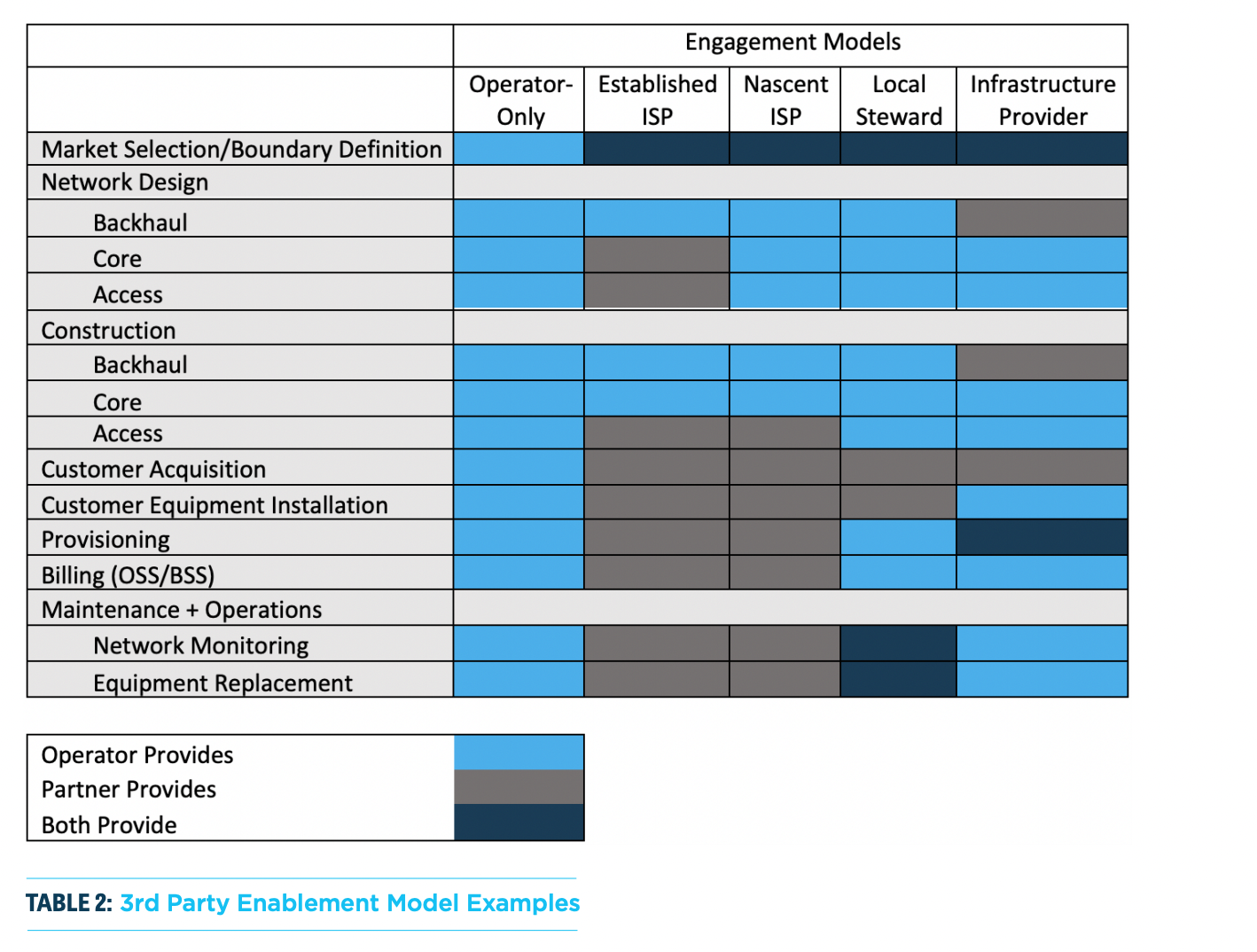C Spire’s technology strategy lead: ‘No one does rural broadband particularly well’
In a two-year research project of the Rural Broadband Consortium, C Spire led a group of companies that included Nokia, Microsoft, Facebook and others to explore the challenges of cost-effective rural broadband deployment, as well as what technologies and additional business model changes might help.
According to Ivy Kelly, who is responsible for C Spire’s technology strategy and who led the research, rural broadband is something that “no one does particularly well.” The report, she said, aimed to address what that is and what could be done about it.
“We asked ‘How do we approach it? What does it mean to do it? Why is it a problem in the first place?’” she told RCR Wireless News.
Kelly explained that she and her research team tried to look at the problem of rural broadband holistically — the technology, the business case, the tools, adoption and so on. So while C Spire’s insights as a rural network operator helped inform the research, the consortium ultimately concluded that multiple technologies, from 5G to satellites, and third-party business and public-private partnerships, are the key to supporting faster, more efficient rural broadband deployment.
“It’s not just about what technology is used,” she continued, “it’s also about economics and adoption and those come into play around what the markets look like because the markets are very different. Different tools and technologies need to be mixed and matched to find the best solutions for each market.”
In fact, the report concluded that “broadband access to rural households can be a unique engineering feat requiring multiple technology solutions. The design challenges to serving rural markets due to environmental variation also manifest in a provider’s business model.”
The communications industry is organized around different types of technologies — the cellular folks, the fiber folks, the satellite folks and so on — keeping equipment and service providers siloed in their efforts to eradicate the digital divide. But what we really need, the consortium argued, is something more cooperative.
‘The missing piece in rural broadband:’ The third-party enablement model
The Rural Broadband Consortium concluded that the most common business model for broadband is that of an “operator-only ISP,” in which a single operator designs, builds, operates and maintains the network. In this model, the operator is also responsible for customer acquisition, and therefore, receives all the revenues from those customers.
In such a model, stated the paper, “each ISP uses its own expertise for technology design and feasibility and analyzes its resources (technical and physical) to determine how they can be reused or expanded to serve the new area. If the area does not meet the ISPs’ criteria for business case viability, the ISP moves on to a different area.”
The limited revenue offered by rural markets compared to more populated urban markets combined with how easily the cost of serving rural communities can skyrocket — from spectrum costs to tower costs to backhaul, just to name a few — it can be nearly impossible to make the business case for bringing broadband internet service to these locations.
“A single company, no matter how large and financially sound,” the report said, “is not likely to take on the challenge of connecting millions of rural users when there are still tens of millions of urban users that are waiting to be served at a much lower cost point.”
As a result, the consortium offered an alternative business model called a “third-party enablement model.” In this model, there would be different iterations in which two parties collaborate to provide service, allowing “shared costs, different levels of expertise and more efficiencies in areas where owning the whole process is challenging.”

The report explored three potential partner-types for operators: “Local stewards,” such as a business owner, homeowner association or even individual consumers who can be creative and flexible in helping to establish broadband service; infrastructure providers such as local governments, utility companies or cooperatives who have assets that can aid in deployment; or partnering with an emerging or established ISP to share capabilities and toolsets in an arrangement in which could make increasing connectivity more cost-effective for both parties.
For its part, C Spire has shared these findings with public policy makers at the local and state levels and as a way to open up a deeper conversation about how to better, and more collaboratively, address rural broadband.
“What if a company that does one thing well is paired with another company that does something else well, and together, try to solve the rural problem?” offered Kelly. “This seems to have a lot of value but would mean we have to turn the idea of how to do wireless service on its head and be willing to partner in new and different ways. That’s the missing piece.”
For more on this topic, read the full report.
The post ‘The missing piece:’ What is the third-party enablement business model for rural broadband? appeared first on RCR Wireless News.
